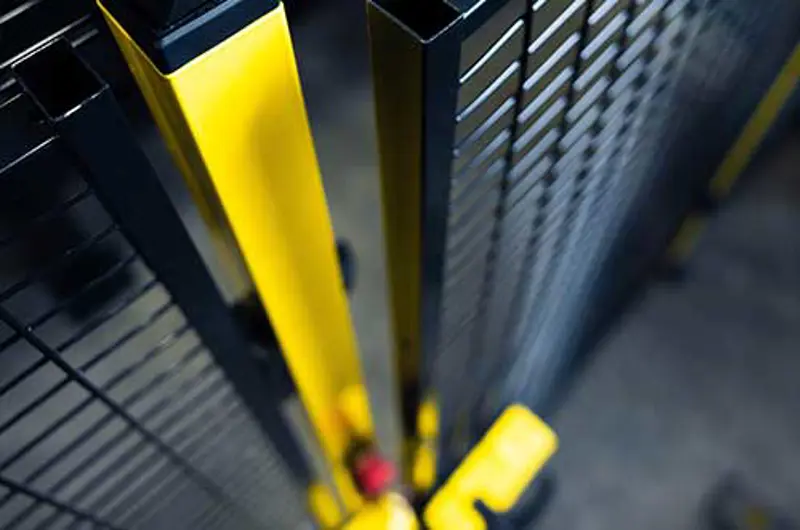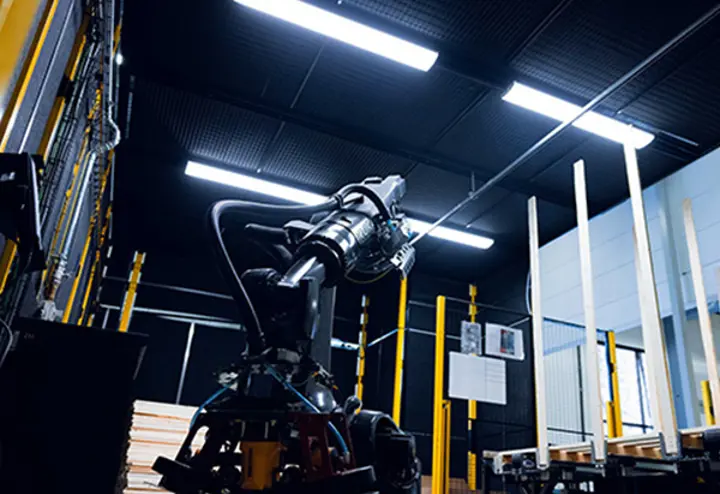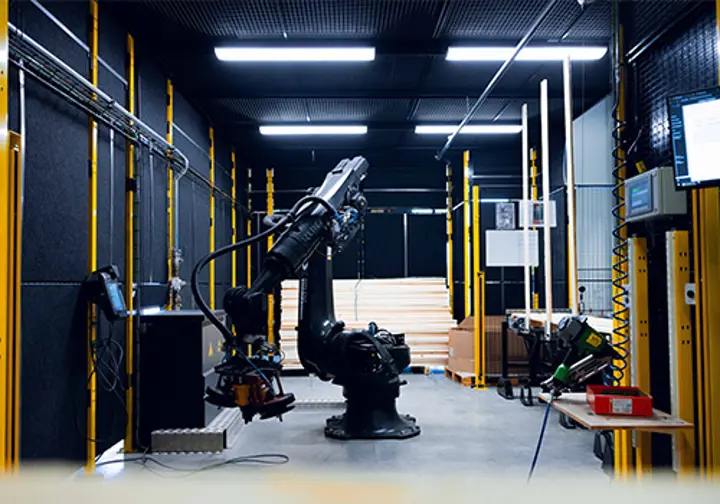17 Mar 2022• Knowledge
How to avoid accidents by selecting correct safety distances?
The safety aspect is important within every industry or business. But it may be hard to be aware of all dangers and hazards present in a working environment. One of these are a correct distance from machines and other hazardous areas. Here are some useful tips on how to improve your workplace and calculate the right safety distances.
When working at construction sites or in similar environments it is necessary to be aware of the many different safety aspects and standards that are required. How high should my fences be? What distances do I need to consider? How do I create the safest possible working environment for my employees?
Axelent’s safety expert Matthias Schulz means that there are two pitfalls companies need to be aware of.
- Do not think “this will not happen, people would not be careless” – human error can always occur.
- Do not think that a warning will be sufficient. People get used to warnings and will eventually ignore them unconsciously. Safety should not only rely on people’s behavior. Technical safety is the key.
Avoid making common mistakes
Some of the common mistakes companies make is having too low fences around machinery and robots, or in worst cases lacking a fence at all. Frequently, fences are placed too close to hazard zones just to save space, which means someone can reach this area. In other cases, in large systems, doors for access may be too far away or too few. Many times, companies do guesswork and do not compute this. If an accident does occur and you have not followed the standards regarding safety, this could lead to both personal injuries, downtime and legal prosecutions.
Factors regarding a safe environment includes:
- Preventing people from reaching over or underneath barriers.
- Preventing people from reaching through openings with their hands or fingers. This involves the gap between the bottom edge of a fence panel and the floor.
How to calculate the correct fence height
Personal injuries can be avoided by actively working with safety distances and with a correct height of a safety fence. It is not always possible to completely eliminate hazards, but there are several ways to reduce the risks and determine the correct measurements of the distances you need. This only requires the exact data on the equipment or machinery involved.
To calculate the safety distance in the best way one needs to be aware and use the right standards. It concerns both the placing of the fence and the height of it. If a fence is too low or close to a hazard the risk of people getting injured increases.
For example, assume that the height of a robot is 1 600 mm and the horizontal distance between the machine and fence is 600 mm. In this case, the fence height should be at least 2 000 mm. With the help of Axelent’s table chart it is simple to calculate a correct safety distance and fence height.
Standards to consider
There are two important standards to consider regarding safety distance. These are:
EN ISO 13857
Safety of machinery - Safety distances to prevent hazard zones being reached by upper and lower limbs.
- This standard can be used in both industrial and non-industrial environments and includes people older than 14 years old, and to some extent children older than 3 years old. It is based on data of the standard size of the human body. Complying with this standard enables it to eliminate or reduce risks that can be caused by machineries, such as preventing upper and lower limbs getting into hazard zones. Standards regarding safety distance are appropriate for safeguards.
EN ISO 13854
Safety of machinery - Minimum gaps to avoid crushing of parts of the human body.
- This standard specifies appropriate minimum gaps to prevent crushing when being in hazardous environments. It is only applicable to hazards of crushing, not other potential risks regarding safety of machinery.
We have created an infographic to help you: Axelent help you to calculate the right fence heights, or read our White Paper.








